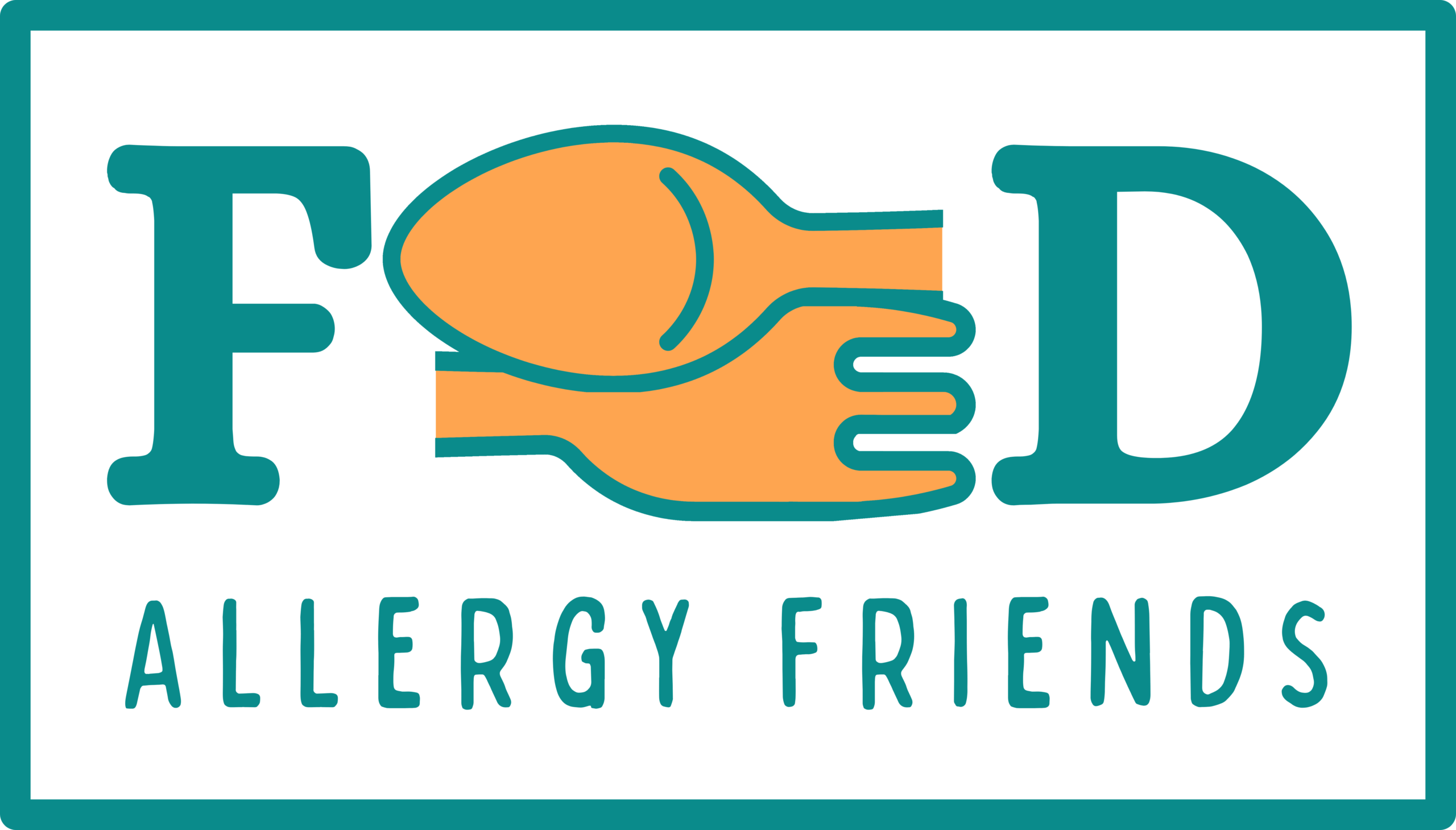Understanding the 14 Allergens
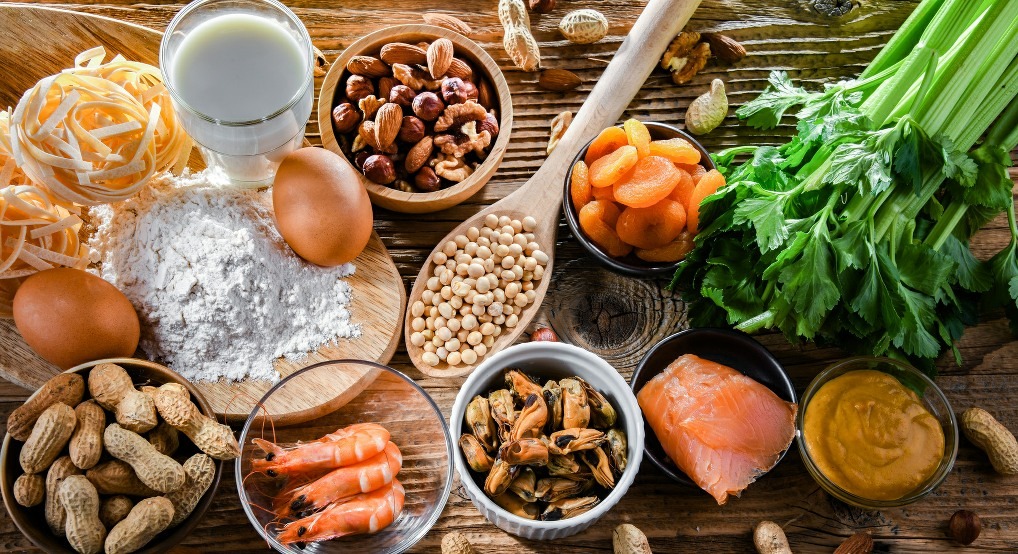
How do food allergies affect my business?
It is a legal requirement to provide information about the ingredients used in your food business, especially the 14 identified allergens groups.
With food allergies rising year on year, your business could be losing a lot of business by not catering for the food allergic customer. When you understand allergens, you cater well for those with special dietary requirements. They will become loyal customers, returning with their friends and families. They will also tell the world how wonderful you are.
Why do I need to do food safety training?
Food businesses have a legal and moral responsibility to keep the food they produce and serve safe. It is a legal requirement to train your staff in food safety.
Can I consult with an advisor?
Yes, you can book an appointment with our advisor. Please see our courses and services page.
What kind of payment plans do you offer?
All courses and services must be paid in full when booking.
You may take advantage of combined services, and become a Food Allergy Friend by joining the Membership Plan. Please see the Cater Allergy Safer page.
The 14 allergens in more detail
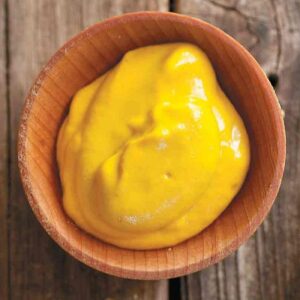 Mustard
Mustard
There are many types of mustard, including the well-known English, French, and Dijon mustards. These are often used in salad dressings, including mayonnaise and vinaigrette, also in cheese dishes and ham sandwiches.
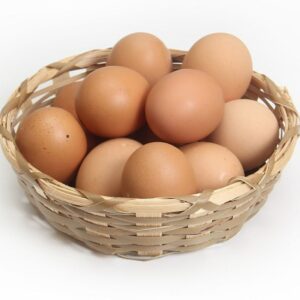 Eggs
Eggs
Birds’ Eggs all contain the same proteins which have the potential to cause an allergic reaction. Contrary to a common thought, eggs are NOT dairy products.
Eggs will be used in cakes, pastries, and sauces.
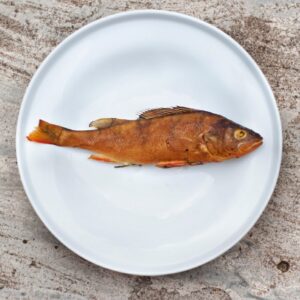 Fish
Fish
Fresh water or saltwater, white or oily, all fish are included here. Some people who have a fish allergy have identified which fish causes them an allergic reaction, therefore, it is best practice to identify the actual fish within your ingredients information.
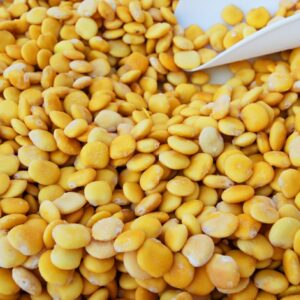 Sesame
Sesame
Sesame seeds are often used on burger buns, in seeded bread, and other pastries. The seeds can be ground into a paste, known as Tahini, which is used in hummus. The oil is used widely in oriental cuisine for frying and in salad dressings.
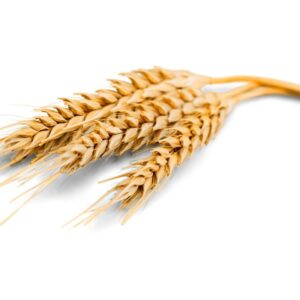 Gluten Grains
Gluten Grains
These include wheat, rye, barley, and oats.
Gluten is found in bread, pastry, cakes, pasta, and sauces; however it is important to recognise that some Coeliacs will also need to avoid malt vinegar and malt extract. This means being mindful of pickles, chutney, mayonnaise, tartare sauce, and other condiments.
 Peanuts
Peanuts
Also known as groundnuts or monkey nuts. These are often used in place of almonds in curry. It is important to check with the supplier about the possibility of cross contamination.
Peanut (groundnut) oil is often used for frying, particularly in oriental cuisine.
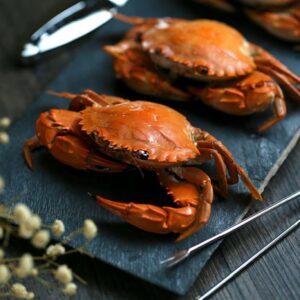 Crustaceans
Crustaceans
These are seafood such as crab, lobster, prawn, crayfish and scampi. They are the shellfish with legs, and usually claws. Sometimes the shells are used to make fish sauce, so it is important to check for this.
 Mulluscs
Mulluscs
Shell fish, such as mussels, clams, oysters, cockles, whelks and escargot (snails), squid and octopus.
Many of these are used in oriental cuisine in sauces.
 Treenuts
Treenuts
Brazils, almonds, walnuts, pecans, cashews, macadamias, hazelnut, filberts, and pistachios are all varieties of tree nuts.
Nuts are used in cakes, curries, macarons, etc. Their oils are also sometimes used in salad dressings, Asian cuisine and shallow frying.
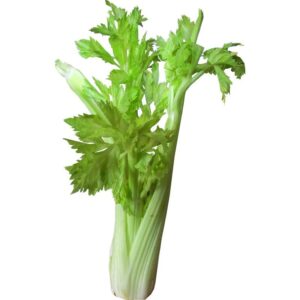 Celery
Celery
A vegetable often used in salads, more frequently in sauces, stock cubes, bouillion paste and bouquet garnis. Celeriac is the vegetable root, which is sometimes served pureed or roasted. Look also for celery salt, which may be used in bars when making a Bloody Mary cocktail.
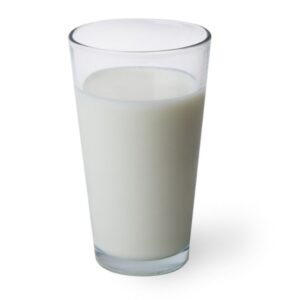 Milk
Milk
Milk must be mentioned when a dish contains milk, butter, cream, yogurt, or cheese. Milk allergy is not the same as lactose intolerance. For many people, it is the lactose (milk sugar) that causes the problem, which is due to the absence of the enzyme lactase.
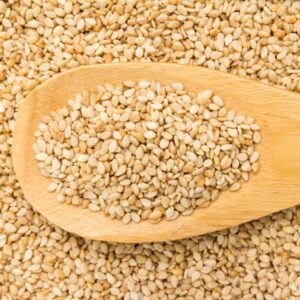 Lupin
Lupin
Lupin seeds are becoming increasingly used as a replacement for wheat flour in baked goods, such as bread, cakes, and pastries. It has become a substitute and is often used in specialist recipes for Coeliacs, because it is naturally gluten free.
Made from the seeds of the white lupin plant, this flour can be used widely in any dish that would usually contain wheat flour, including sauces.
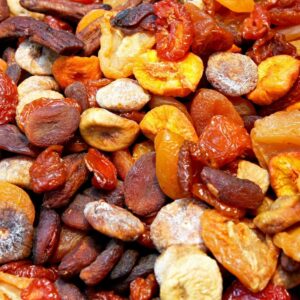 Sulphites
Sulphites
SO2 is naturally occurring in some, though not all, wines. There is a set content above which there must be a notification for customers. This is currently 10mg per kg or 10ml per litre. SO2 is also used as a preservative and can be identified with E220-E228, which may be used in dried fruit, some sausages, burgers, and other foods.
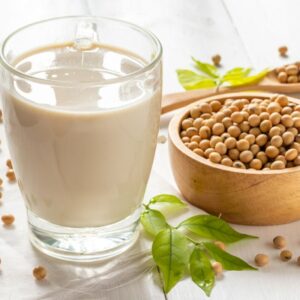 Soya
Soya
Soya is used in many forms. The whole beans are cooked and used in salads, and are known as Edamame. Well known in vegetarian dishes as Tofu, and as a substitute for dairy milk. Also known as textured vegetable protein, soya is used as an alternative to meat. The dried beans can be ground into flour, and used in bread, cakes, pastries, and sauces. Soya oil may be used for frying.
For more informational about allergens, see the Food Standards Agency website.
